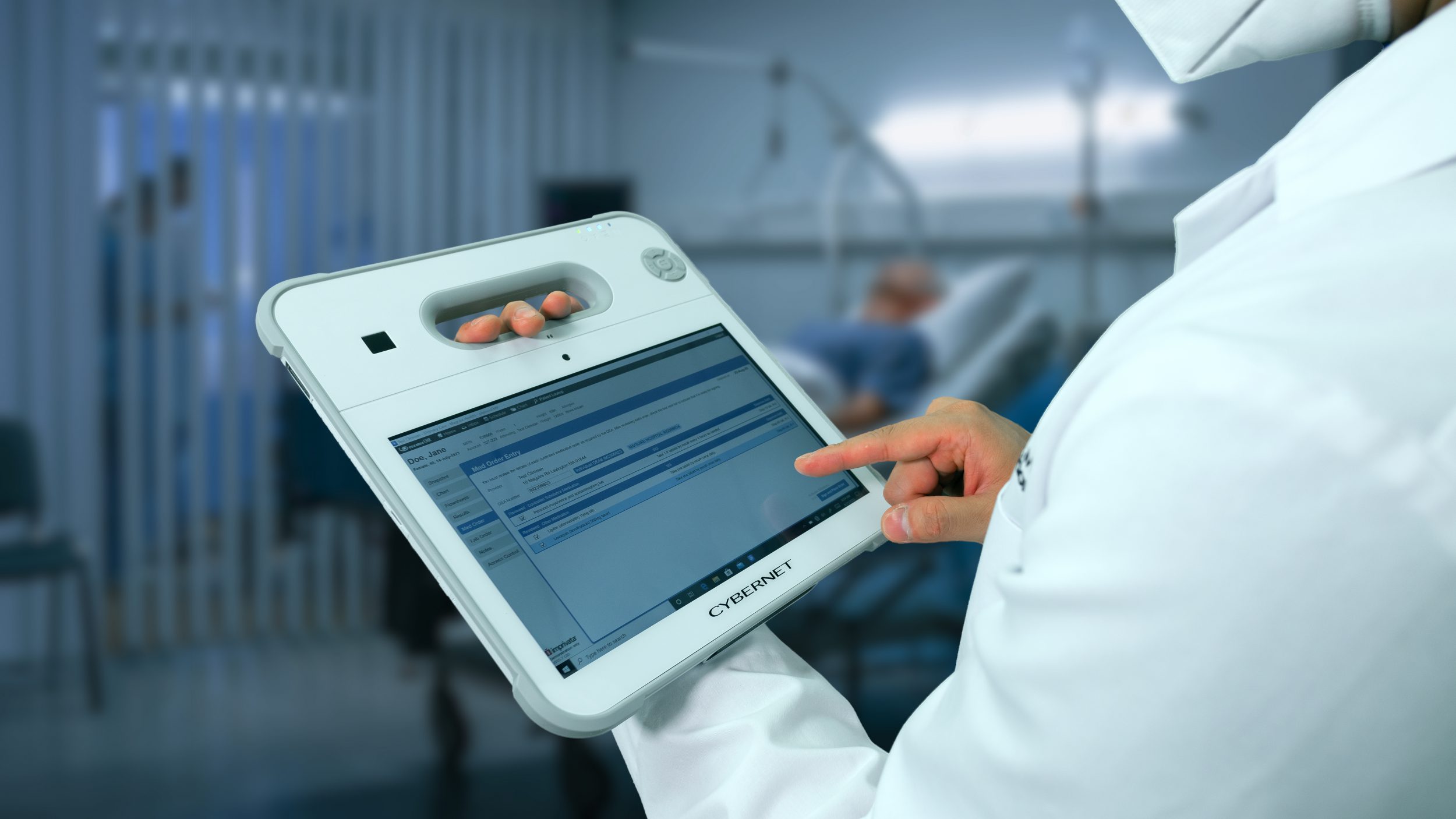When we think of a recession, we often tend to exempt healthcare facilities from the conversation. Afterall, people are constantly in need of healing and care. Because of this, many tend to think of a “healthcare recession” as nothing more than fiction and believe the industry as a whole is actually recession proof. Unfortunately, we’ve learned that this isn’t exactly the case as social distancing, fortification of infection control through telehealth and medical computer systems, and more encourage patients to stay home and facilities to limit the amount and types of services they can deliver.
A recent survey by Black Book Research confirms the strain placed on the industry. In it, they emphasize that 100% of CFOs interviewed acknowledged that they will experience a significant revenue decline this fiscal year. This impact is so deep that they all admit they will need to considerably change spending and operation policies in the coming months to adapt.
But what are those changes that need to be made? What do providers need to do in order to meet both their needs and the needs of their patients who are too scared to reach out for care? Delving into this topic can begin first and foremost by identifying what healthcare during recession looks like.
Is the Medical Field Recession Proof?
Article Guide
The need for healthcare isn’t impacted by a lack of finances. Patients, even those who neglect regular checkups, will have accidents, fevers, and sicknesses from time to time regardless of how careful they are, meaning they’ll all eventually need to seek out professional healthcare. And while this may make healthcare more resilient to recession than other businesses, it doesn’t necessarily make it “recession proof”.
When economic hits occur, people lose jobs. When people lose jobs, they lose health coverage which in turn makes usually health-conscious patients much more averse to visiting providers. As these economic impacts become more wide-spread, healthcare spending becomes much more conservative. People become more likely to bear with symptoms and issues until they become very serious and require immediate attention. What this all equates to is less patients being seen and less procedures being performed.
Furthermore, now that social distancing is becoming the norm, this aversion to hospital visits has become even more pronounced. Patients need to be seen remotely and new infrastructures of delivering care need to be placed rapidly to meet rampant demand. This places more of a financial burden on healthcare facilities to meet those demands- something we’ve seen reflected in the loss of nearly 1.4 million healthcare jobs in April as unemployment rates and an inability to pay staff skyrocket.
Fortunately, despite how dire a healthcare recession can be, there are actions providers can take to lower the impact felt by both their staff and patients.
Communicate with Patients
Despite current events, patients still want to see their physicians. They still need professional treatment, however, they are staying home to protect their families and loved ones. With that in mind, there are a number of ways providers can continue to communicate with patients and provide consultation during a healthcare recession.
Evolving triage practices, for example, are allowing physicians to speak with patients and gauge symptoms and concerns remotely. Because tele-triage visits take only a few minutes unlike in-person appointments, many more patients can be seen by a physician in a day. And, in the case of a patient who needs to come in for care, staff can plan ahead and communicate to the patient where they can enter the building so as to cut contact with staff and healthy patients as much as possible.
Healthcare chatbot use cases have also proven to be quite helpful in times past and current. Chatbots that have been created and optimized to answer questions on a specific topic can inform patients and provide valuable, educational materials without requiring limited time and resources to be spent on a telehealth or in-person visit.
Finally, patient portal messaging can also assist patients and physicians who wish to speak with each other and address quick questions without taking up too much time. Hospitals and care facilities that have been able to implement HIPAA compliant messaging services on their patient portals have seen boosts in their patient satisfaction rates since well before the current pandemic.
Give Patients Payment Options
Healthcare providers aren’t the only ones being hit with this recession. Patients are struggling more than ever to pay their medical bills. Thankfully, there are some lessons we can take from past recessions to address these issues.
During a recent webinar hosted by Becker’s Hospital Review, patient financing experts were able to expand on that assertion. According to them, in economic downturns past, people had a hierarchy of prioritization when it came to which bills they would pay first when they were able to make payments. Surprisingly, credit card bills were much more likely to top that list because credit card providers offered flexible payment plans that were tailored to the individual.
Healthcare during a recession can take a page from this playbook by delivering payment options of their own for patients struggling to pay. Some facilities, for example, have experimented with protracted periods of reduced payments, allowing for patients to pay at least a portion of their bills comfortably. This can be a win-win for both parties. Patients can start to pay off their medical bills and providers can start to bring in some revenue from those patients who previously wouldn’t have been able to pay their bills in their entirety.
If this is a route you feel your facility can go down, the same webinar speakers emphasized the importance of a self-service payment model that allows patients to make their payments online on their own time (another strategy that makes them more likely to pay in the first place). They also recommend facilities survey their patients on the effectiveness of these payment methods in order to further tailor plans that are more likely to entice their unique patient-base to prioritize the payment of their healthcare bills. .
Use Proper Tech to Lower Further Expense Risks
During a recession where resources are scarce and manpower is even scarcer, there are two things providers can’t afford to experience: cyberattacks and in-facility infections. Both of these occurrences can cost hospitals staggering amounts of money, something healthcare during a recession already has little of.
It’s unfortunate, but healthcare facilities have suffered no shortage of cyberattacks in the face of current pandemic developments. In some of the worst-case scenarios, these attacks have even shut down entire IT networks, deactivating several pieces of hardware and gaining access to the valuable patient data held within. Efforts can be made, however, to lower the risk of cyberattacks at the hardware level. Medical-Grade Computers can be fortified against these attacks with multi-factor authentication hardware such as RFID, CAC, and biometric scanners. Healthcare Single Sign On Solutions can also provide added protection for the credentials used to access patient data.
Healthcare Recessions Exist, But They Don’t Spell the End
Unfortunately, a healthcare recession is a very real threat and the industry is hardly recession proof. In times such as these where both providers and the general population are struggling, it’s up to hospitals and care facilities to look out for both themselves and their patient-base with the right tech initiatives. For more information on what hardware can most seamlessly address a few of the recession’s impacts on your staff and patients, contact a professional from Cybernet’s team today.
Best Medical Tablets for Healthcare
August 11, 2021
We are well into the digital revolution in Healthcare. Gone are the days of clipboards and storage rooms filled with folders of handwritten patient records. Medical Tablets are now the standard way medical data is…
0 Comments6 Minutes
How Medical Computers Are Revolutionizing the Healthcare Industry
October 4, 2015
Medical computers manage patients’ information and allow functions like writing & tracking prescriptions, managing patient billing and tracking all aspects of a patient's medical care. Medical computers are…
0 Comments6 Minutes
You Can't
Learn from a Pop-up
But we can deliver knowledge to your inbox!
We dive deep in the industry looking for new trends, technology, news, and updates. We're happy to share them with you.
Knowledge, News, and Industry Updates Right in Your Inbox




